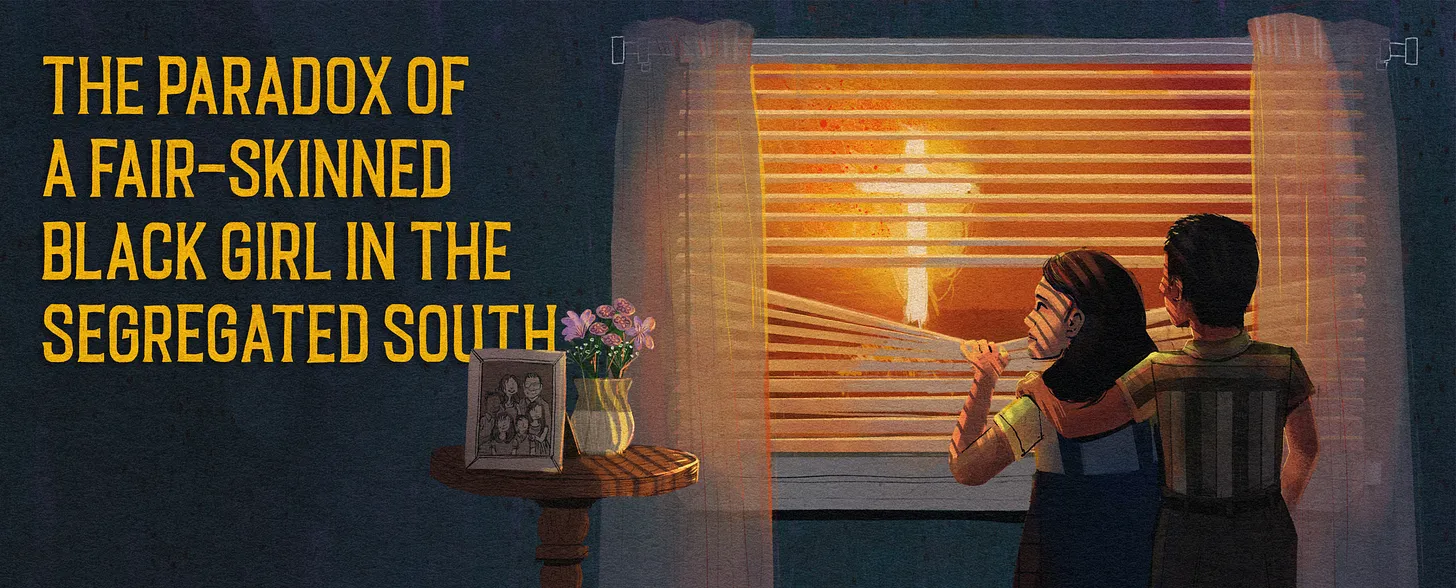


At the heart of linguistics is a radical premise: all languages are equal. This underlies everything we do at the Endangered Language Alliance, an eccentric extended family of linguists, language activists, polyglots and ordinary people, whose mission is to document endangered languages and support linguistic diversity, especially in the world’s hyperdiverse cities.
Language is a universal and democratic fact cutting across all human societies: no human group is without it, and no language is superior to any other. More than race or religion, language is a window on to the deepest levels of human diversity. The familiar map of the world’s 200 or so nation-states is superficial compared with the little-known map of its 7,000 languages. Some languages may specialise in talking about melancholy, seaweed or atomic structure; some grammars may glory in conjugating verbs while others bristle with syntactic invention. Languages represent thousands of natural experiments: ways of seeing, understanding and living that should form part of any meaningful account of what it is to be human.
Users of Sanskrit, Latin, Greek, Hebrew, Arabic, Persian, Mandarin, English and the like have continually proclaimed their languages holier, more perfect or more adaptive than the unwritten, unstandardised “dialects” they look down on. But from a linguistic point of view, no language as used by a native speaker is in any way inferior, let alone broken. The vast majority have always been oral, with written language a derivative of comparatively recent vintage, confined to tiny elites in a small number of highly centralised societies. Writing is palpably a trained technology of conscious coding, in comparison with the natural and universal human behaviours of speaking and signing.
Perceptions of linguistic superiority or inferiority are not based on anything about the languages themselves, but on the power, class or status of the speakers. Every language signed or spoken natively is a fully equipped system for handling the core communicative demands of daily life, able to coin or borrow words as needed. “Languages differ essentially in what they must convey and not in what they may convey,” said the linguist and polyglot Roman Jakobson. In other words: it’s possible to say anything in any language, but each language’s grammar requires speakers to mark out certain parts of reality and not others, however unconsciously. This is the essence of what makes linguistics fascinating and revealing.
Read the rest of this article at: The Guardian
In the 165 years since the first American oil well struck black gold, the industry has punched millions of holes in the earth, seeking profits gushing from the ground. Now, those wells are running dry, and a generational bill is coming due.
Until wells are properly plugged, many leak oil and brine onto farmland and into waterways and emit toxic and explosive gasses, rendering redevelopment impossible. A noxious lake inundates West Texas ranchland, oil bubbles into a downtown Los Angeles apartment building and gas seeps into the yards of suburban Ohio homes.
But the impact is felt everywhere, as many belch methane, the second-largest contributor to climate change, into the atmosphere.
There are more than 2 million unplugged oil and gas wells that will need to be cleaned up, and the current production boom and windfall profits for industry giants have obscured the bill’s imminent arrival. More than 90% of the country’s unplugged wells either produce little oil and gas or are already dormant.
By law, companies are responsible for plugging and cleaning up wells. Oil drillers set aside funds called bonds, similar to the security deposit on a rental property, that are refunded once they decommission their wells or, if they walk away without doing that work, are taken by the government to cover the cost.
But an analysis by ProPublica and Capital & Main has found that the money set aside for this cleanup work in the 15 states accounting for nearly all the nation’s oil and gas production covers less than 2% of the projected cost. That shortfall puts taxpayers at risk of picking up the rest of the massive tab to avoid the environmental, economic and public health consequences of aging oil fields.
The estimated cost to plug and remediate those wells if cleanup is left to the government is $151.3 billion, according to the states’ own data. But the actual price tag will almost certainly be higher — perhaps tens of billions of dollars more — because some states don’t fully account for the cost of cleaning up pollution. In addition, regulators have yet to locate many wells whose owners have already walked away without plugging them, known as orphan wells, which states predict will number at least in the hundreds of thousands.
“The data presents an urgent call to action for state regulators and the Department of the Interior to swiftly and effectively update bond amounts,” said Shannon Anderson, who tracks the oil industry’s cleanup as organizing director of the Powder River Basin Resource Council, a nonprofit that advocates for Wyoming communities. Anderson and nine other experts, including petroleum engineers and financial analysts, reviewed ProPublica and Capital & Main’s findings, which were built using records from 30 state and federal agencies.
“We have allowed companies intentionally to do this,” said Megan Milliken Biven, who reviewed the data and is a former program analyst for the Bureau of Ocean Energy Management, a federal regulator of offshore oil rigs, and founder of True Transition, a nonprofit that advocates for oil field workers. “It is the inevitable consequence of an entire regulatory program that is more red carpet than red tape.”
Read the rest of this article at: Propublica
On May 5, 2023, a 19-year-old hiker named Matthew Read headed out on a roughly 12-mile trek in an underpopulated part of Glacier National Park in Montana. Read, a chemical engineering student, had stopped in Glacier while driving home to Michigan, and the pine-surrounded path he embarked on was known for its big views of the Livingston Range, a set of jagged peaks to the east.
He would get a longer look at them than he anticipated.
By Sunday, two days later, the young hiker had yet to return. That afternoon, national park rangers started a ground search; that night, a helicopter team scanned from above. The rangers, though, were thwarted by a lack of clues, the chopper by meteorology: Clouds hung low, fog obscured the view.
That Monday, the search team grew to 30 people, and included the U.S. Border Patrol and Flathead County Sheriff’s Office, along with search dogs. It would expand to the North Valley and Flathead search and rescue, or SAR, teams.
In situations like this, a subfield of science can help those SAR teams know where to start — and how a college kid lost in big bear country might behave. It’s called, appropriately, lost person behavior.
Read the rest of this article at: Undark
It was September 1957. The sun was hidden by the evening sky, but it was too early for bedtime. So, I sat on the blue plush carpet in my parents’ bedroom at the front of our house, leaning against the wall by the door. While sitting with a Nancy Drew mystery, I had a full view of my mother, who lay in bed, weak and ailing, having just come home from Davis Hospital’s maternity ward in Pine Bluff, Arkansas, where we lived. She came home without her baby, my youngest sibling, Debbie, who had been born much too soon. At 4 pounds 4 ounces, she was still fighting for her life in a hospital incubator.
I don’t think I was accustomed to reading in my parents’ bedroom and imagine that I was keeping an eye on my mother, who had been hospitalized and away from us for several days. I guess I was making sure she was OK and glad to have her home, although I would not have said that to her then. I was 7 1/2 and must have felt relieved to have her back, safe, alive, since I have a vague memory of my father gathering us five older children and telling us in a hoarse voice that Mother was very, very sick and she might not be able to come home.
This night, Daddy was probably on his way home from Little Rock, where he was helping nine Black teenagers who were trying to integrate Central High School there. That’s how he described his work to us, by telling us what he was trying to do. I understood later that he was in fact the chief counsel in the Arkansas school desegregation case. He had called Mother, as he always did, when he was starting out on the highway to come home. For many years, I thought those phone calls before he set out on the road were so Mother would be able to have dinner hot and ready for him when he got home, or so she had time to take the curlers from her hair and pretty up for him. It was not until I grew up, however, that I realized those calls were safety measures. This work was dangerous, and if he did not return home by a certain time, Mother would know to send out a search party to make sure he had not been run off the road, kidnapped or worse by people who did not want him helping to integrate Central High.
My brothers and sisters were playing in their rooms or getting ready for bed and being extra quiet to give Mother some peace when, suddenly, my 11-year-old brother, Ricky, ran to Mother’s bedside.
“Mother, Mother,” he shrieked. “There’s a cross burning in the front yard!”
Read the rest of this article at: Narratively
Kaiju Look

This year, everyone’s favorite nuclear bomb-born kaiju Godzilla turns seventy. In the lead up to this major anniversary, Toho studios released Godzilla Minus One, its thirtieth film in the franchise, across more than five hundred theaters in Japan in November of last year (November 3, the date of the first film’s release in 1954). In the United States, promotion has begun for the release of Legendary Pictures’ Godzilla x Kong: The New Empire, which capitalizes on the box office success of the previous MonsterVerse iteration—Godzilla vs. Kong—from a couple of years ago. Timed with all this big screen “Goji” celebration, and taking us back to the movie monster’s ideological and historical origins, is the publication of the first English-language translation of the original Godzilla novellas by Shigeru Kayama, translated by Jeffrey Angles—a major boon for U.S. kaiju fans who have long wondered about, or perhaps didn’t even know about the existence of, these long unavailable works.
As detailed in Angles’s afterword, these novellas first appeared as a single book in July 1955—three months after the theatrical release of Godzilla Raids Again—as the initial volume in a series for young adult readers published by Shimamura Shuppan, Ltd. Since then, they have been continually reprinted and remain widely available in Japan. While they were perhaps initially written, as Angles reasonably speculates, to cash in on the monster’s enormous domestic popularity following the release of the first two films, this pair of novellas also offered the original Godzilla scenario writer Kayama a way to clarify his personal version of the story.
While his involvement is often excluded from discussions about Godzilla’s history, especially in comparison to the contributions made by director Ishiro Honda and special effects wizard Eiji Tsuburaya, Kayama was nevertheless an integral part of the kaiju’s conceptual realization and fundamentally political nature. In his original introduction to the book, Kayama explicitly states that he wrote the tale as a participant in the emerging anti-nuclear movement:
[Godzilla] doesn’t actually exist anywhere here on the planet. However, atomic and hydrogen bombs, which have taken on the form of Godzilla in this story, do exist. They are being produced and could be used for war at any moment . . . Reading this book in that context will make it all the more informative and interesting.
A popular writer of genre fiction who dabbled in sci-fi, Kayama was initially approached by Toho super-producer Tomoyuki Tanaka, who was seeking to create a film about an ancient dinosaur-like creature awakened by a nuclear blast. The specific idea was not original: after a big film project fell through, Tanaka read an article about the U.S. box office success of the 1953 hit film The Beast from 20,000 Fathoms—a monster movie adapted from a story by Ray Bradbury with special effects by Ray Harryhausen—and saw a golden opportunity to do something similar in Japan. The Beast from 20,000 Fathoms itself was indebted to King Kong (1933), which was rereleased in the states by RKO in 1952 and did gangbusters, making clear that there was money to be made in big monster movies. In 20,000 Fathoms, a dinosaur trapped below ice is revived and irradiated by nuclear bomb tests, and angrily tears through the East Coast of North America, eventually wreaking havoc in New York City before being taken down by a brilliant scientist. The blueprint was all there, but Tanaka saw another unique opportunity in transposing this scenario to Japan, a nation still reeling from the bombing of Hiroshima and Nagasaki and Japan’s devastating defeat in the war.
Read the rest of this article at: The Baffler




